
Application Notebook
The approach to infrared measurements of diffusely scattering materials often is dictated by the objective of the analysis. Spectral data from three different mid-infrared reflectance sampling accessories are contrasted.

Application Notebook
The approach to infrared measurements of diffusely scattering materials often is dictated by the objective of the analysis. Spectral data from three different mid-infrared reflectance sampling accessories are contrasted.

Application Notebook
FT-NIR spectroscopy for the quantitative determination of key physical parameters in bulk polymers and products, including density and melt index (MI). These measurements can often be made with little or no sample preparation.
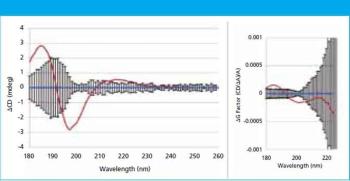
Application Notebook
In this study, far-UV CD spectra of eight different mammalian serum albumins were measured repeatedly using automated CD spectroscopy. Two independent methods of normalizing the CD data were used to eliminate the need for accurate knowledge of protein concentration or extinction coefficient. The normalized far-UV data, representative of secondary structure, were compared to determine if there were statistically significant differences between samples. The two normalization methods agreed in every case, increasing confidence in the results.
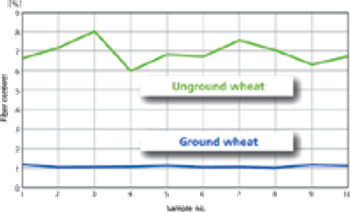
Application Notebook
A much discussed issue related to near infrared analysis (NIR) is the necessity of sample preparation. Ground and unground samples of wheat were analyzed to determine how truly necessary it is to homogenize samples before NIR analysis. The new Retsch TWISTER mill, specifically designed for NIR sample preparation, was utilized for this comparative study.
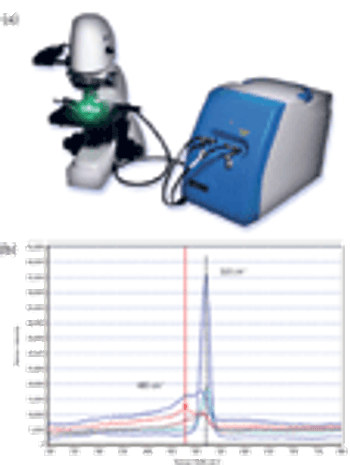
Application Notebook
While crystalline silicon (c-Si) is still the material of choice for modern solar cell manufacturing, the drive toward lower cost, more efficient solar cells is prompting a renewed interest in thin-film amorphous silicon (a-Si). In light of this, it is more important than ever to have the ability to quickly identify Si crystallinity, both qualitatively and quantitatively. In this application note, we evaluate how a portable Raman spectrometer can be used in conjunction with a portable video microscope to measure crystallinity.
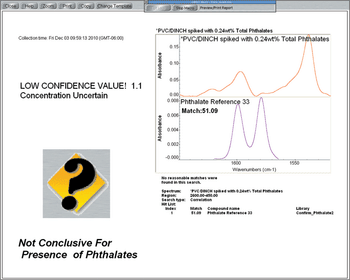
Application Notebook
Recent evidence that the phthalate plasticizers may cause health problems, particularly in children, has resulted in many countries prohibiting the use of phthalates in toys and clothing. The United States Child Safety Law actually prohibits the presence of several phthalate compounds at levels exceeding 0.1 wt % even though the commercial levels are often greater than 10%. While ATR spectroscopy works well for identifying phthalates at commercial levels, a more sensitive technique is required to detect trace levels.
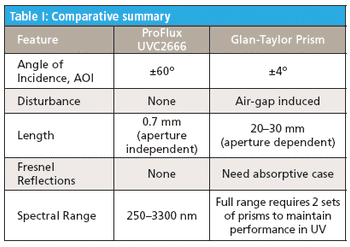
Application Notebook
The Moxtek Proflux UVC266 analyzer improves UV–vis NIR spectrophotometer performance. As the analyzer polarizer, the UVC266 conserves space, offers an exceptionally wide cone acceptance angle, and has no disturbance issues as does the Glan-Taylor prism due to its air-gap.
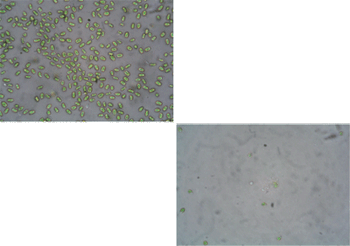
Application Notebook
Analyzing the effect of UV LED modules on disinfecting ballast water using UV–vis spectroscopy.
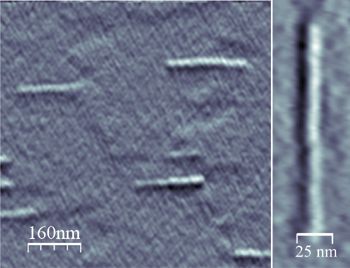
Application Notebook
Nanoscale structures (quantum dots and quantum wires) are being studied extensively with a view to building ever more exotic devices, such as more efficient lasers and LEDs, or quantum information processing components. One type of material under investigation consists of semiconductor quantum wires based on InAs.
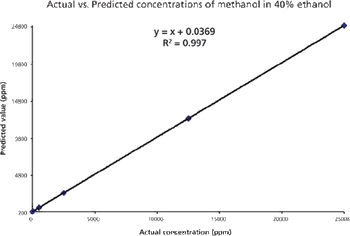
Application Notebook
Low concentration natural methanol exists in most alcoholic beverages and usually causes no immediate health threat. Nevertheless, it is possible to have natural occurring methanol in beverages with concentration as high as 18 grams per liter of ethanol; or equivalent to 0.72% methanol in 40% ethanol, in alcohol (1). Current EU regulation limits naturally occurring methanol to below 10 grams per liter of ethanol; or equivalent to 0.4% methanol in 40% ethanol.
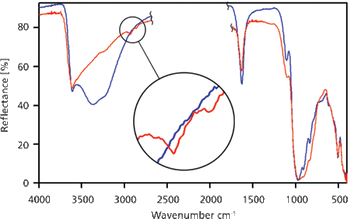
Application Notebook
Increasing temperature can cause chemical changes, alter reaction rates, concentrate an aqueous sample, or evaporate a solvent. These transformations can be readily monitored by diamond ATR spectroscopy. This note explores the use of a diamond ATR to examine heat-induced changes in the clay.
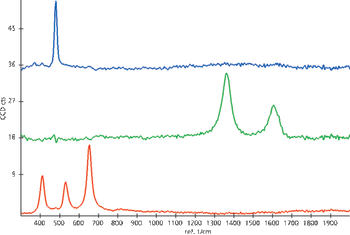
Application Notebook
True surface microscopy for topographic confocal Raman imaging adds optical profilometer functionality to a highly sensitive confocal Raman microscope. Using this profilometer function, topographic scans of several square millimeters can be acquired, similar to a very large AFM topography image. This acquired large-area topography image can be used to trace the surface contours while acquiring a confocal Raman image.
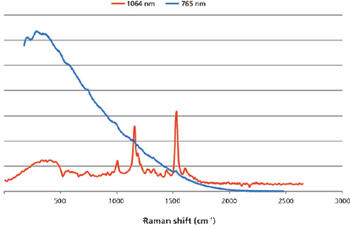
Application Notebook
Overcoming fluorescence interference in a variety of samples is achieved by using dispersive 1064 nm Raman excitation instruments.
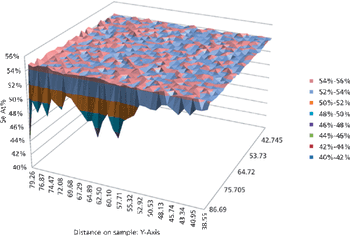
Application Notebook
Building on more than 10 years of Micro-XRF experience, the Orbis spectrometer yields a system with excellent Micro-XRF capability while setting a new standard in analytical flexibility. The Orbis incorporates a unique motorized turret integrating video and X-ray optics allowing coaxial sample view and X-ray analysis. The turret can accommodate two additional collimators along with the X-ray optic for a total of three X-ray beam sizes to expand the Orbis analytical capabilities beyond traditional Micro-XRF analysis. Primary beam filters can be used with all spot sizes available on the turret to allow true XRF analytical capabilities in a micro-spot analysis. The working distance is increased to allow analysis over rougher sample topography without sacrificing signal intensity.
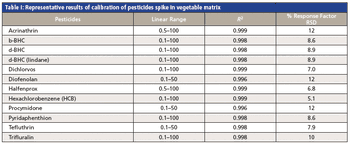
Application Notebook
There are nearly one thousand pesticides used in modern agricultural practice, and the residues of pesticides in the food from plant origins have been an increasing concern for consumers worldwide. Monitoring programs based analytical methodologies are established to ensure that the pesticide levels in plant foods are in compliance with national and international laws. However, the diversity of pesticides and complexity of food sample matrix present ongoing challenges for analytical chemists to meet the increasingly stringent requirements for sensitivity, precision, and throughput.

Application Notebook
Click the title above to open the Spectroscopy September 2011 Application Notebook, Vol 26 No 9, in an interactive PDF format.